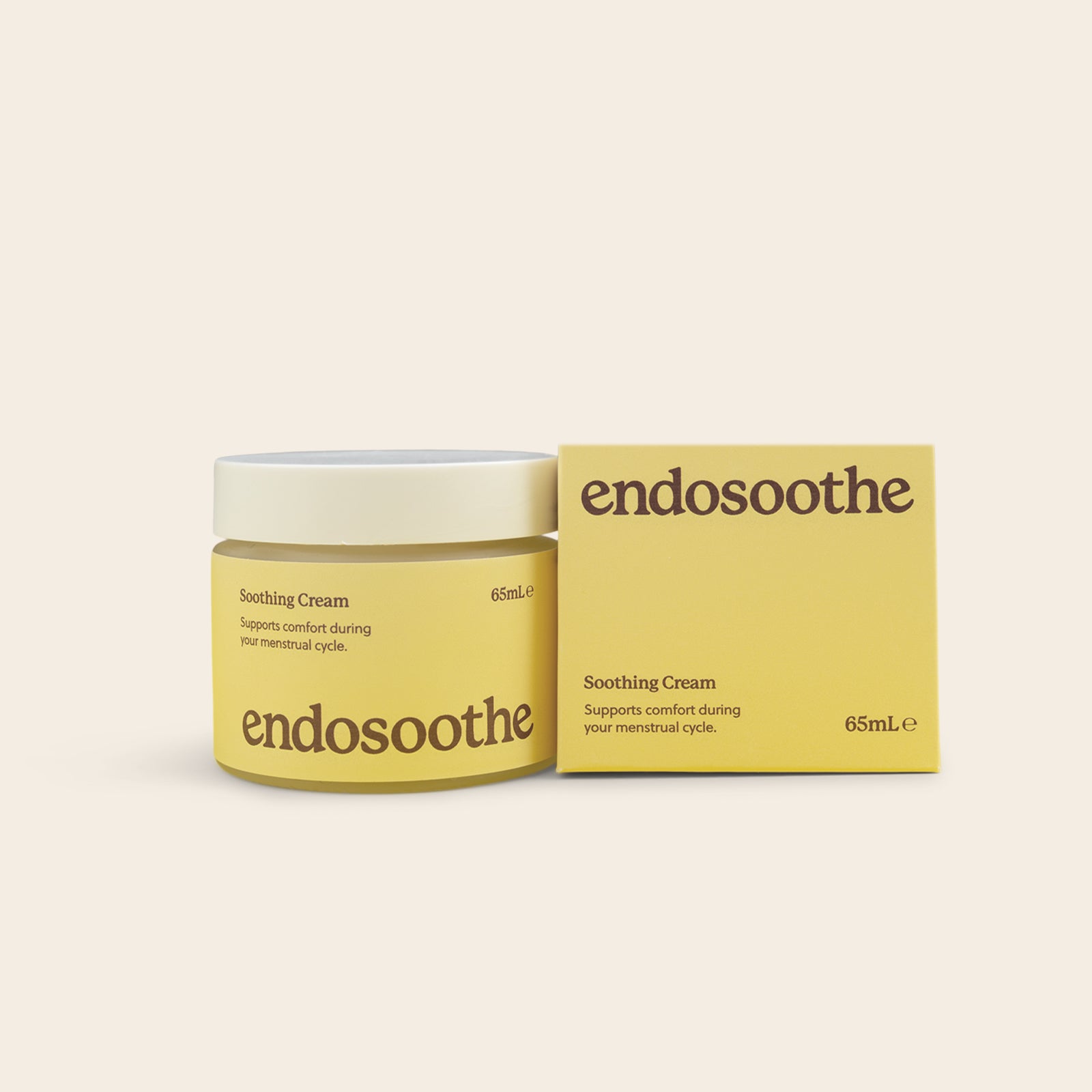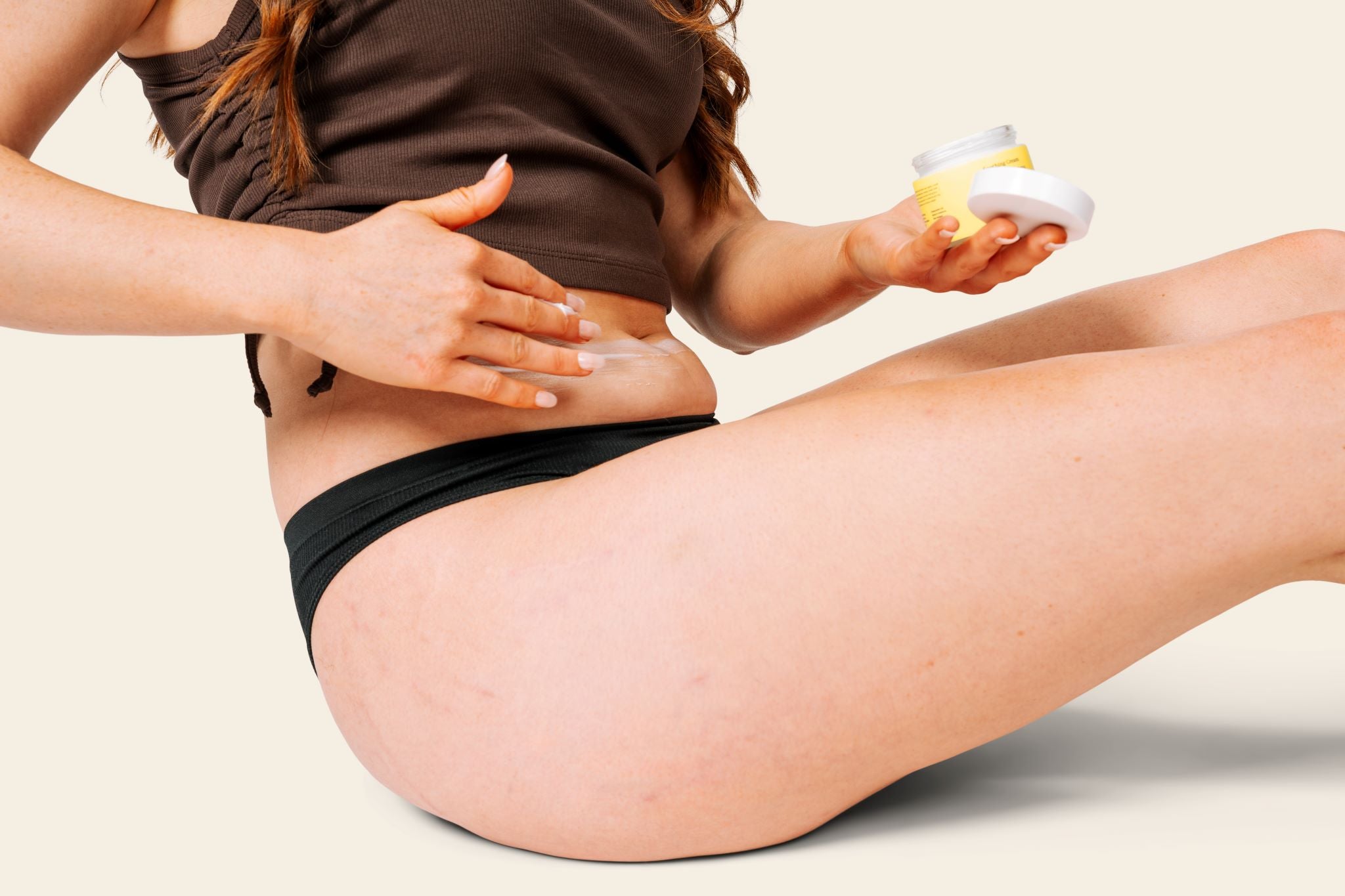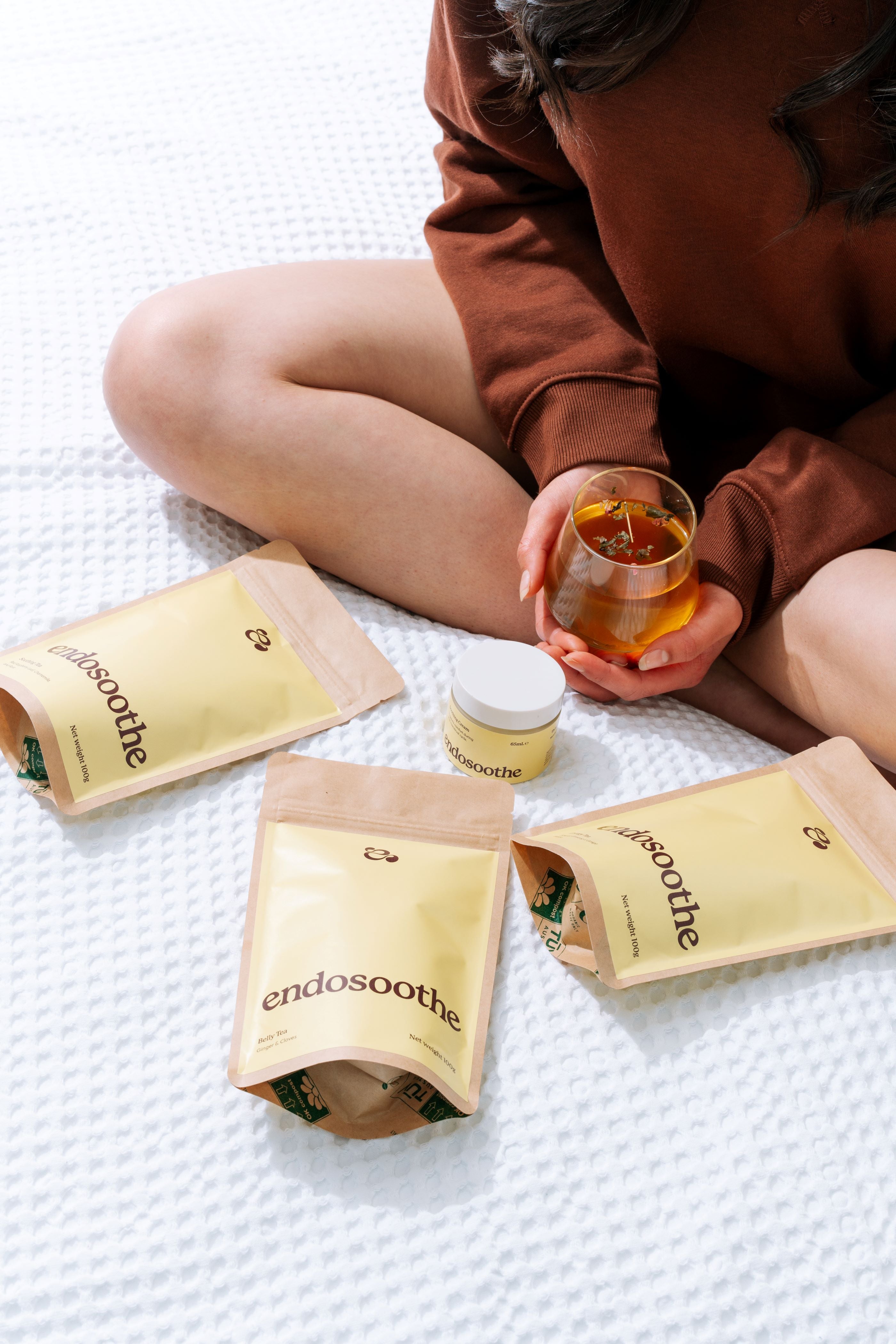When you’re living with endometriosis, managing your symptoms can feel like a constant balancing act. Over the years, through my own experience and research, I’ve discovered that small lifestyle changes, particularly around diet, exercise, and mindset, can make a big difference. Here’s what has worked for me and what might help you too as you navigate this journey.
Diet: Making Food Work for You
Your diet can have a significant impact on how you feel day-to-day. I’ve personally found that making a few adjustments has helped reduce bloating, cramps, and fatigue. Here are some tips that could help you manage your symptoms better:
- Try a low FODMAP diet: This doesn’t need to be strict, but try to reduce the amount of high FODMAP foods you eat and spread them out throughout the day. Foods like onions, garlic, and certain fruits can trigger bloating and discomfort. Here’s a helpful guide on FODMAPs to get you started.
- Gluten-free might help: Cutting out gluten made a massive difference for me. I noticed I had more energy, less bloating, and less severe cramps. You might not need to eliminate gluten entirely, but reducing it could help you feel better.
- Dairy can be a trigger: Dairy can be problematic for a lot of people, myself included. If you notice that consuming dairy worsens your symptoms, try cutting back or switching to dairy-free alternatives.
- Minimise alcohol: I’ve learned the hard way that alcohol, especially wine, can trigger my worst symptoms—sometimes leading to period pain so severe I couldn’t walk. Clear spirits like vodka or gin seem to be easier on my system. If you do drink, make sure to have a substantial meal beforehand, stay hydrated, and follow general hangover prevention tips to minimise the impact on your pain and other symptoms.
- Caffeine makes cramps worse: I know this might be tough for coffee lovers, but caffeine can significantly worsen period pain. Herbal teas can be a soothing alternative, and switching to decaf can also help.
- Anti-inflammatory foods are your friend: Incorporating anti-inflammatory foods into your diet can help reduce pain and inflammation. Some of my favourites are salmon, green tea, avocado, and dark chocolate. For more ideas, here’s a list of great anti-inflammatory foods.
- Minimise Processed Foods and Foods High in Sugar: In my experience, cutting down on processed foods and those high in sugar has made my cramps less severe. Foods packed with artificial additives and high sugar content can sometimes lead to a spike in inflammation, so opting for whole, nutrient-dense options has helped me manage my symptoms more effectively.
Exercise: Moving in Tune with Your Body
Exercise can be incredibly helpful in managing endometriosis symptoms, but it’s important to listen to your body and adjust your routine based on how you’re feeling:
- Exercise is great, but work with your body: We all know exercise is good for us, but when you’re in pain, pushing through a tough workout isn’t always the best idea. Avoid strenuous exercises, especially core work, when you’re experiencing pelvic pain.
- Gentle movement helps: Yoga and meditation have been lifesavers for me. They can help ease pain and bring a sense of calm. If you’re not sure where to start, here are some yoga poses specifically for menstrual cramps.
Mindset: Managing Stress and Embracing the Pain
Your mindset plays a huge role in how you manage endometriosis symptoms. It’s not just about physical pain; the emotional toll can be just as challenging.
- Minimise stress where possible: Stress is a major trigger for me, especially in the days leading up to my period. I’ve noticed that when my stress levels are high, my pain is significantly worse. If you can, try to build in moments of relaxation or self-care to keep stress in check.
- Embrace the pain: This one is hard and takes practice, but sometimes fighting against the pain only makes it feel worse. Remind yourself that the pain will pass—it’s temporary, even if it feels overwhelming in the moment. When a wave of pain comes, try to breathe deeply and focus on staying calm. It’s not about fighting the pain, but rather acknowledging it and allowing yourself to move through it. This mindset can help ease the emotional strain and make those tough moments a little more manageable.
- Listen to your body: Endometriosis sometimes forces you to slow down and tune in to what your body needs. On days when you need rest, allow yourself to rest. There’s no shame in taking time for yourself when your body is asking for it.
Lifestyle: Rest and Recovery Are Essential
One of the biggest lessons I’ve learned from living with endometriosis is that rest is not optional—it’s essential. Sleep, in particular, has a huge impact on how I feel:
- Get enough sleep: When you’re dealing with endometriosis, your body needs more sleep than usual, especially around your period or ovulation. I generally need a few extra hours of sleep during my period, and it makes a difference. Even if you can’t sleep that long, just lying down for 20-40 minutes during the day to rest your eyes can help reset your energy.
Take Control of Your Endo Journey
Managing endometriosis is an ongoing process, but by making mindful choices about your diet, exercise, and lifestyle, you can make a big difference in how you feel. It’s all about tuning in to your body, finding what works for you, and making adjustments along the way. You don’t have to be perfect—just aim for progress!
Remember, this is a journey, and it’s okay to take it one step at a time. You are not alone, and by sharing our experiences, we can help each other navigate the ups and downs of living with endometriosis.



Leave a comment